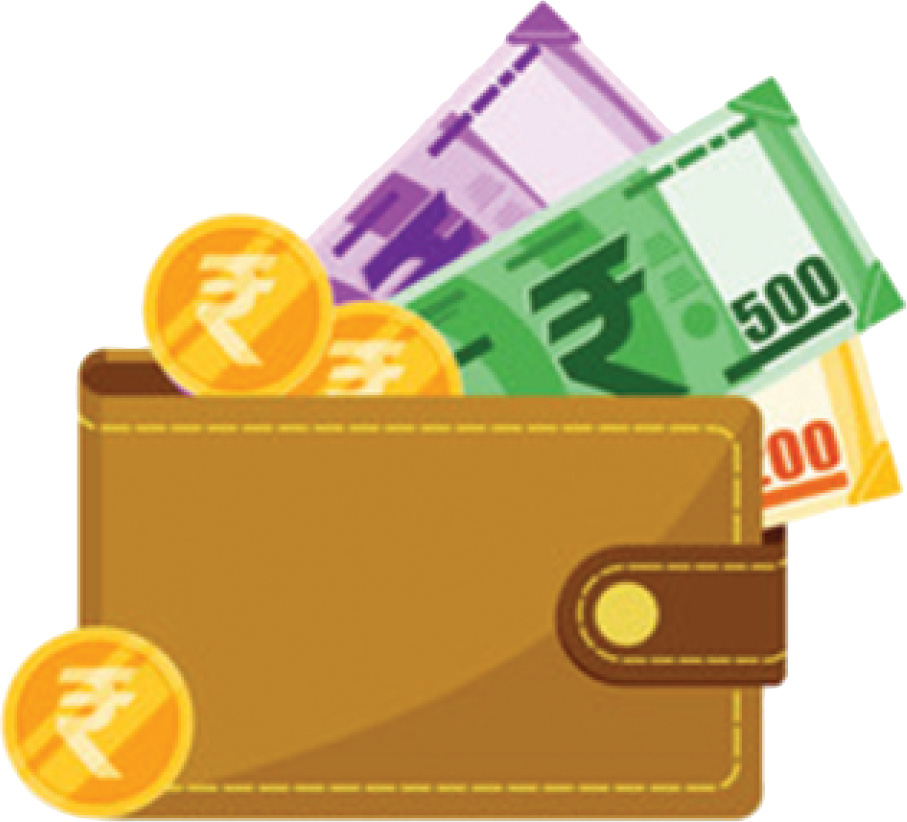The weaponization of financial instruments through economic sanctions and resultant supply-chain disruptions have led to unprecedented levels of socio-economic problems in the world economy. As a result, the nation state(s) started looking at alternatives to settle global payments including India. The Reserve Bank of India issued directives to encourage India’s traders to settle international payment in rupees. As on today, there are more than 35 countries in the world which are willing to settle their trade with India in Indian rupee.
Policymakers in India foresee rupee-trade, not only as an operational arrangement to overcome the challenges arising-out of sanctions on Russia, but more as a strategic choice of safeguarding the economic interests of India. Accordingly, the Government of India is encouraging its trade partners to open a Special Rupee Vostro Account in India. Along with a functional arrangement with Russia, India is at advanced stage of implementation of this arrangement with countries like UAE, Saudi Arabia, Bangladesh, Sudan, Bahrain, Sri Lanka and many other from the Nordic and MENA region.
For Indian Rupee to become international, there are a myriad of factors which shape the environment and journey towards internationalization. These includes the size of the economy, the confidence of users of the currency, and the depth of financial markets of a country. India is constantly gaining ground on all these three factors amid a myriad of challenges as well.
India is constantly pursuing a systematic strategy at three levels, first to leverage Special Rupee Vostro Account with around 35 countries of the world. Secondly, India is actively promoting its digital National Payment gateway, called “RuPay”, which is maintained by NPCI, i.e. National Payment Corporation of India. To tap the global growth prospects, especially to provide easy, cost-effective & secure payment services to Indians travelling abroad, NPCI has established a separate entity dedicated for internationalization of “RuPay” and Unified Payment Interface (UPI). The announcement by our Prime Minsiter at Pravsi Bhartiya Diwas recently for operationalization of UPI even with a foreign country mobile sim is another step in this direction.
Thirdly, India’s central bank, Reserve Bank of India has accelerated the process of launch of digital currency, known as “Central Bank Digital Currency” (CBDC). In the initial phase, except as currency notes, all other use of paper in the modern financial system, be it as bonds, securities, transactions, communications, correspondences or messaging, has now been replaced by their corresponding digital and electronic versions. Fourthly, leveraging its economic clout as the fourth largest importer of energy resources, India is vying for trade settlement of energy products in Indian Rupee. Lastly, India look forward to settle payment in alternate currencies as well, as in international trade, the competition and cooperation goes, hand in hand, to avoid potential coercion and conflict with a dominant power.
In this context, our policymakers should continue to work on evolving a sound regulatory and financial framework on three areas, first, improving the user’s perception on the store value of Indian rupee. One of the indispensable requirement to improve store value of Indian rupee is to include full convertibility of the Indian rupee, liberalization of domestic financial system, more flexible rupee exchange rate, and strengthening of India’s financial system. A stable and non-fluctuating currency backed by economic fundamentals automatically gain ground in the user’s mind. Secondly, promoting Indian currency as a ‘Vehicle Currency’ and it can achieved by getting into Bilateral Swaps Arrangements (BSAs) with potential trade partners coupled with bilateral swap arrangement between Reserve Bank of India with that of its counterparties in the foreign countries. Lastly, it should be our constant effort to leverage Indian rupee as “anchor for pegging” with the other currencies.
In the evolving and realigning geo-economic context in the world economy, we must double down our efforts to have a well-functioning financial market that can unreservedly, transparently, and officially accommodate foreign exchange trading and capital transactions. Moreover, the Indian financial markets should overtly, freely, and equally be accessible to both residents and non-residents thus ensuring volume in transaction in all spheres, financial, real and transactional de-dollarization, by promoting trade in Indian Rupee.
Dr Ram Singh is Professor & Head, Indian Institute of Foreign Trade, New Delhi. Views expressed are personal.
The roadmap and the way forward for rupee trade
- Advertisement -

